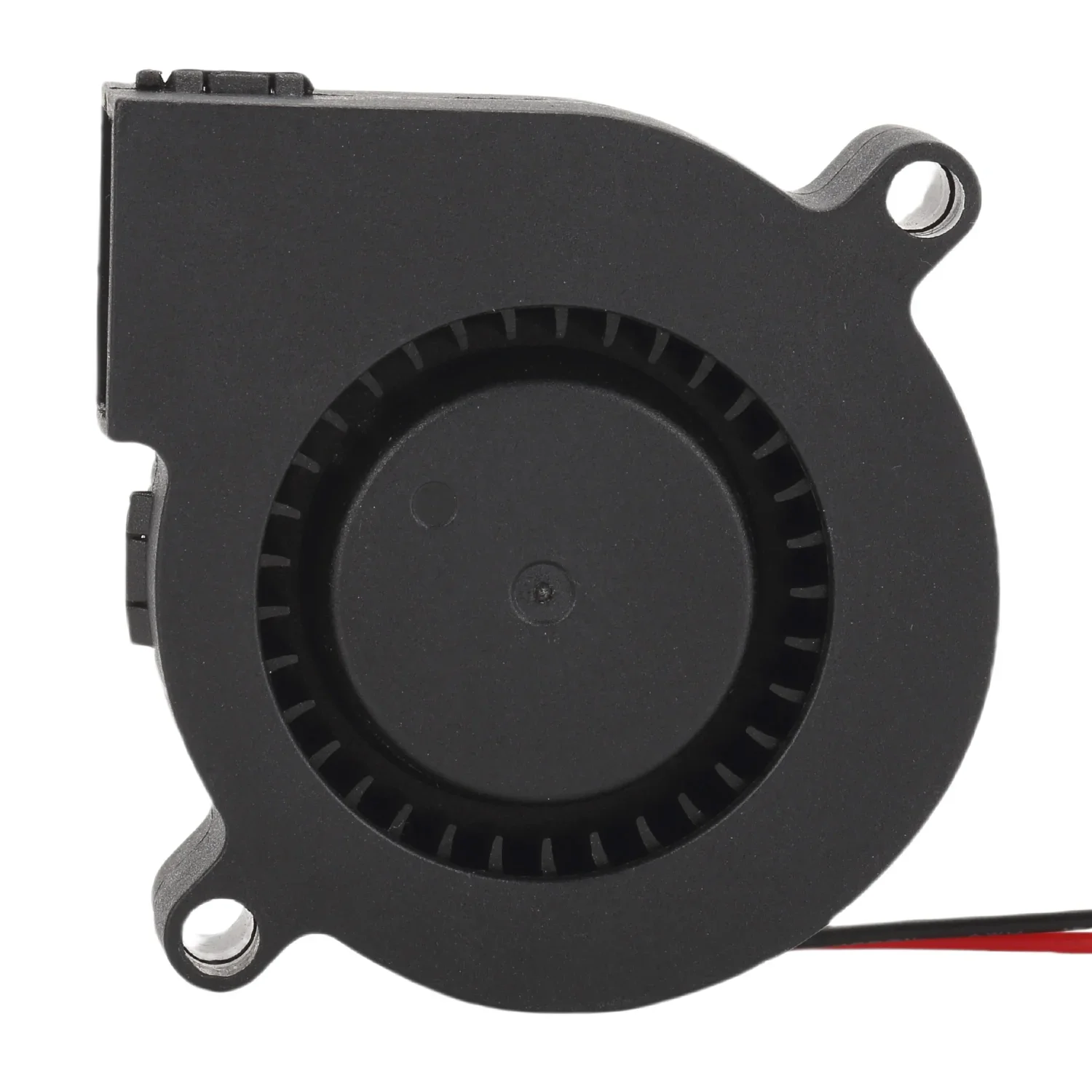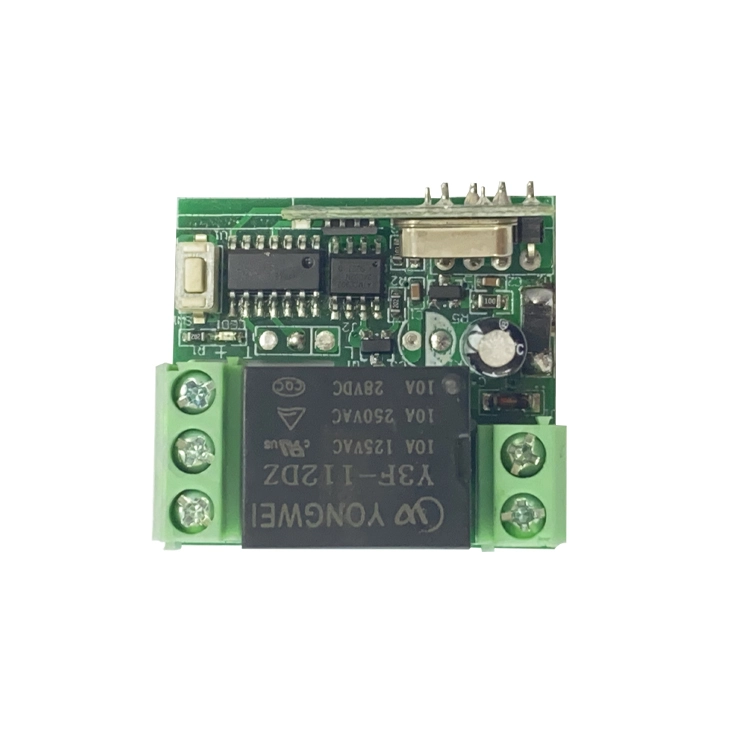Are you tired of searching for a reliable waste liquid incinerator wholesaler? Finding the right partner to handle your waste disposal needs can be a daunting task. But fret not, as we have the solution you've been seeking. Our top-notch services cater to all your incineration requirements, ensuring efficient and eco-friendly waste management solutions. With years of experience in the industry, we guarantee quality service and customer satisfaction. Say goodbye to waste management worries and hello to a hassle-free partnership with us. Let's work together towards a cleaner and greener future.
Key Takeaways
-
Choose Wisely: When selecting a liquid waste incinerator, consider the specific needs and requirements of your facility to ensure optimal performance.
-
Stay Informed: Understand the advantages of advanced incineration technology, such as efficiency, reduced emissions, and enhanced safety features.
-
Explore Applications: Explore the diverse applications of liquid waste incinerators across industries like healthcare, manufacturing, and environmental services.
-
Follow Guidelines: Adhere to recommended operating procedures for incinerators to maximize efficiency and safety while minimizing environmental impact.
-
Continuous Learning: Gain insights into the incineration process to better comprehend the technology and make informed decisions.
-
Prioritize Sustainability: Embrace modern incinerators' key features like energy recovery and emission control for sustainable waste management practices.
Overview of Liquid Waste Incinerators
Purpose
Liquid waste incinerators play a crucial role in managing waste liquid effectively, especially hazardous and non-hazardous materials. They are designed to safely dispose of various types of liquid waste, preventing environmental contamination and health risks.
Importance
Water inlet is a critical aspect of liquid waste incinerators as it allows the controlled introduction of liquid waste into the combustion chamber for efficient burning. By utilizing these incinerators, industries can comply with strict environmental regulations while minimizing the impact of harmful substances on ecosystems.
Key Components
-
Liquid containers: These are storage units that hold the liquid waste before it is fed into the incinerator for disposal.
-
Combustion chamber: This is where the actual incineration process takes place, converting the liquid waste into ash, gases, and heat.
-
Air pollution control system: Essential for reducing harmful emissions released during the incineration process.
-
Temperature monitoring system: Ensures that the combustion process reaches and maintains optimal temperatures for complete waste destruction.
-
Ash removal system: Responsible for collecting and disposing of the residual ash generated after incineration.
Key Features of Modern Incinerators
Advanced Features
Modern incinerators, including fume and hazardous liquid waste incinerators, boast cutting-edge technologies for efficient waste disposal. These incinerators are equipped with state-of-the-art controls to ensure precise temperature regulation.
Essential Components
The significance of refractories in modern incinerators cannot be overstated. These heat-resistant materials line the furnace walls, aiding in maintaining high temperatures essential for complete waste combustion. Advanced incinerators feature robust heat exchangers that maximize thermal efficiency.
Handling Various Waste Materials
Incinerators play a crucial role in effectively managing diverse types of waste materials such as medical, industrial, and hazardous wastes. Their ability to handle a variety of waste streams makes them indispensable in waste management practices.
Applications of Liquid Waste Incinerators
Various Industries
Liquid waste incinerators play a crucial role in industries for disposing of industrial wastewater effectively. These incinerators are designed to handle diverse types of liquid waste, ensuring compliance with water standards. In industries like manufacturing and chemical production, liquid waste incinerators aid in maintaining a clean environment.
In the context of recycling needs, liquid waste incinerators are instrumental in managing sewage waste efficiently. By incinerating liquid waste, these systems contribute to reducing the volume of waste that would otherwise end up in landfills. This process aligns with sustainable practices and enhances overall recycling rates.
Medical Facilities
Medical facilities rely on liquid waste incinerators for safe disposal of pathological waste. These incinerators are equipped to handle hazardous liquids generated during medical procedures. By effectively treating medical liquid waste, these facilities ensure a hygienic environment and prevent contamination risks.
Liquid waste incinerators also find application in municipal settings for managing wastewater from households and public areas. Municipalities utilize these systems to treat liquid waste before it is released back into the environment. This process helps in safeguarding public health and maintaining cleanliness within urban areas.
Environmental Sustainability
The utilization of liquid waste incinerators significantly contributes to environmental sustainability by reducing the impact of liquid waste on ecosystems. By efficiently disposing of liquid and other forms of waste, these systems minimize pollution levels and support ecological balance. This approach aligns with global efforts towards achieving a cleaner and healthier environment.
-
Liquid waste incinerators help industries comply with water standards.
-
They reduce the volume of liquid waste destined for landfills.
-
Incineration aids in preventing contamination risks in medical facilities.
-
Municipalities use them to maintain cleanliness and public health in urban areas.
-
The systems play a vital role in minimizing pollution levels and supporting ecological balance.
Advantages of Advanced Incineration Technology
Processing Capacity
Modern waste liquid incinerators boast large processing capacity, efficiently handling significant volumes of liquid waste in a shorter time frame. This capability allows for swift disposal and treatment of waste, enhancing overall operational efficiency.
Automation Degree
The high automation degree of advanced incineration technology streamlines the waste disposal process, reducing manual intervention and minimizing the risk of errors. Automated systems ensure precise control over temperature settings and combustion processes, leading to consistent and reliable performance.
Return on Investment (ROI)
One of the key benefits of utilizing advanced incineration technology is the good ROI it offers. By efficiently treating and disposing of liquid waste, businesses can save costs associated with traditional disposal methods while also generating revenue from recovered materials or energy. This financial advantage makes investing in modern incinerators a lucrative choice for many industries.
Environmental Impact
By adopting advanced incineration technology, businesses contribute significantly to reducing environmental pollution. These incinerators are designed to operate at high efficiency levels, minimizing harmful emissions and pollutants released into the atmosphere during the waste treatment process. This environmentally friendly approach aligns with sustainable practices and regulatory standards, promoting a cleaner ecosystem.
Safety and Compliance
Advanced incineration technology ensures safe operations by incorporating multiple safety features and protocols to prevent accidents or mishaps during the waste treatment process. These systems adhere to strict environmental regulations and compliance standards, guaranteeing that waste disposal is carried out responsibly and in accordance with legal requirements.
Waste Volume Reduction
An essential advantage of modern incinerators is their ability to effectively reduce waste volume through efficient combustion processes. By converting liquid waste into ash residue, these systems minimize the amount of final waste material that needs further disposal or management. This reduction in waste volume not only simplifies post-treatment procedures but also contributes to overall environmental sustainability efforts.
Ms Grace
hrincinerator@163.com


